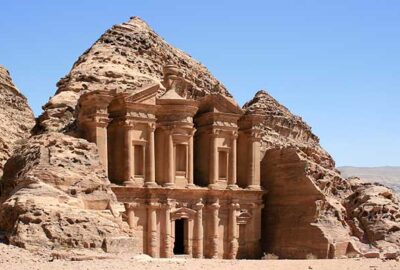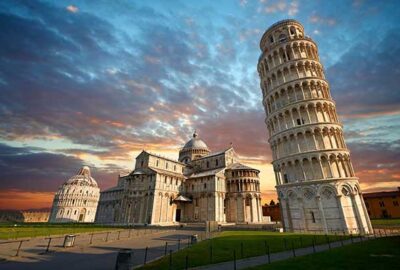Petra: A Majestic and Archaeologically Rich City in Jordan
Petra, an ancient city located in southern Jordan, is steeped in history and archaeology. With a rich cultural heritage, Petra was once a bustling hub for the incense trade, attracting traders from far and wide. The city was home to the nomadic Nabataean Arabs, who carved their wealth and prosperity into the mountains themselves, creating a rock-cut architecture that remains one of the most breathtaking sites in the world.
When The Nabataean kingdom was established?
The Nabataean kingdom was established in the 4th century BC and was known as Raqmu or Raqēmō. The Nabataeans were nomadic Arabs who invested in Petra’s proximity to the incense trade routes, making it a major regional trading hub. The trade brought considerable revenue to the Nabataeans and Petra became the center of their wealth. The city flourished in the 1st century AD, when its most famous structure, Al-Khazneh, was constructed. The city reached its peak, with an estimated population of 20,000 inhabitants.
Loss of Independence
In 106 AD, Petra lost its independence as the Roman Empire annexed Nabataea and renamed it as Arabia Petraea. With the rise of sea trade routes, Petra’s importance declined, and after an earthquake in 363, many structures were destroyed. In the Byzantine period, few Christian churches were built, but the city continued to decline. By the early Islamic era, Petra was abandoned except for a handful of nomads.
New 7 Wonders of the World
Petra was rediscovered in 1812 by Swiss traveler Johann Ludwig Burckhardt and has since been a popular tourist attraction. The city is accessible through a 1.2-kilometer-long gorge called the Siq, which leads directly to the Al-Khazneh, known as the “Rose City” because of the color of the stone from which it is carved. Petra was declared a UNESCO World Heritage Site in 1985 and was named one of the New 7 Wonders of the World in 2007.
One million visitors per year
Petra is a symbol of Jordan and remains the country’s most-visited tourist attraction, attracting over 1 million visitors in 2019. The city’s rock-cut architecture and water conduit system, along with its rich cultural heritage, make it one of the most precious cultural properties of mankind’s cultural heritage.
In conclusion, Petra is a magnificent and richly historical city that continues to captivate visitors from all over the world. Whether you’re a history buff, an archaeologist, or just a lover of natural beauty, Petra is a must-visit destination.


